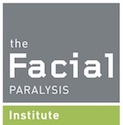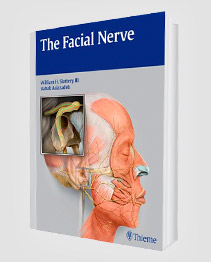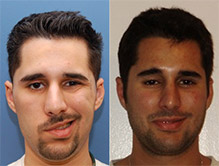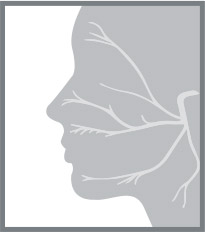Bell’s palsy affects thousands of people every year—often with no warning and no clear cause. While many recover fully within weeks or months, some are left with lingering effects like facial tightness, asymmetry, and involuntary muscle movements known as synkinesis. For these individuals, selective neurolysis offers a promising surgical solution.
This article explores the before and after journey of mild Bell’s palsy patients who undergo selective neurolysis surgery. We’ll dive into what makes someone a good candidate, what preoperative evaluation looks like, and how facial harmony evolves after the procedure.
What Is Selective Neurolysis?
Selective neurolysis is a microsurgical procedure that targets the misfiring facial nerve branches responsible for synkinesis and unwanted muscle contractions. Rather than damaging the facial muscles, the procedure delicately reduces overactive nerve signals to restore more natural facial movement.
Unlike nerve grafts or facial reanimation surgeries for complete paralysis, selective neurolysis is typically performed on patients with partial recovery—those who regained facial movement but are frustrated by tightness, asymmetry, or “tug-of-war” between facial muscles.
Why Choose Surgery for Mild Bell’s Palsy?
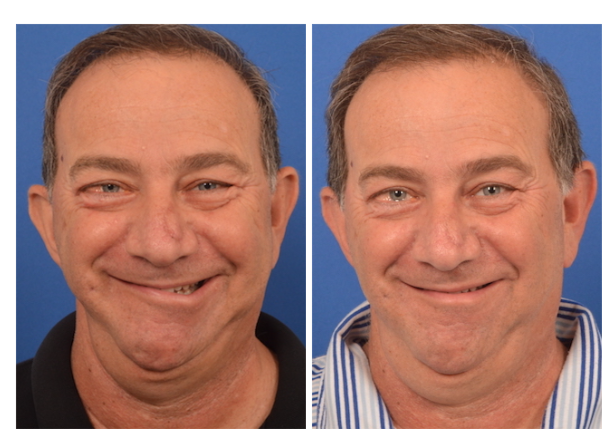
Patients with mild or moderate residual effects from Bell’s palsy may feel stuck in a strange middle ground. Their facial nerves regenerated, but not in a coordinated way—leading to discomfort or visible asymmetry when smiling, blinking, or speaking.
While Botox and physical therapy help many people, the effects are temporary and often don’t address the underlying cause. That’s where selective neurolysis comes in: it offers a targeted, permanent improvement by selectively weakening overactive branches while preserving smile function.
Who Is a Good Candidate for Selective Neurolysis?
Ideal Candidates Often Share These Traits:
- Partial facial nerve recovery after Bell’s palsy, typically 6+ months after onset
- Synkinesis or facial tightness, especially during smiling, blinking, or speaking
- Good underlying muscle tone but poor facial coordination
- Stable facial function (not rapidly changing)
- Commitment to facial retraining therapy after surgery
Not Ideal for:
- Complete facial paralysis with no nerve regeneration
- Patients who have not regained any voluntary movement post-injury
- Those in the acute (first 6 months) phase of Bell’s palsy
The Importance of Preoperative Evaluation
Every selective neurolysis case starts with comprehensive diagnostics to determine if surgery is appropriate and where to intervene. This preoperative evaluation is critical for long-term success.
1. Facial Nerve Exam
Surgeons perform a detailed examination of facial movement at rest and during expression. This may include:
- Video documentation for pre/post comparison
- Electromyography (EMG) to map out muscle activity and misfiring patterns
- Facial symmetry analysis to identify overactive or compensating muscle groups
2. Imaging
In some cases, 3D or high-resolution imaging is used to visualize muscle volume and nerve paths, especially when prior surgery or trauma is involved.
3. Patient History Review
Understanding the patient’s full journey is key. The surgeon will evaluate:
- When Bell’s palsy occurred
- Whether it was idiopathic or caused by trauma
- Previous interventions (e.g., physical therapy, Botox, nerve repair)
- Impact on quality of life (both function and aesthetics)
4. Multidisciplinary Review
In some cases, the surgeon may collaborate with:
- Neurologists (to rule out underlying conditions)
- Physical therapists (to evaluate muscle tone and coordination)
- Psychologists or counselors (to support the emotional toll of facial difference)
5. Pre-Surgical Planning
Every neurolysis procedure is customized. Planning may involve:
- Botox testing to simulate surgical effects
- Targeted nerve mapping using EMG or visual analysis
- Photography and video for before-and-after tracking
What Happens During Surgery?
Selective neurolysis is performed under general anesthesia and typically takes 2–4 hours depending on complexity.
The surgeon makes small incisions in the scalp or behind the ear to access the facial nerve. Using an operating microscope, they carefully identify overactive branches causing synkinesis or tightness and selectively release or reduce those connections.
Key goals include:
- Reducing co-contraction (like eye closure during smiling)
- Improving smile symmetry
- Releasing tight platysma or buccinator muscle fibers
- Preserving voluntary facial movement
It’s a highly delicate procedure that requires expertise in both facial anatomy and microsurgery.
What to Expect After Surgery
Immediate Recovery
- Outpatient or 1-night stay in most cases
- Swelling and bruising for 1–2 weeks
- Mild discomfort, usually controlled with over-the-counter medication
- Return to normal (non-strenuous) activities in 2–3 weeks
Facial Retraining
Perhaps the most critical part of the journey is what happens after surgery. Patients are enrolled in facial retraining therapy to teach the brain how to use the new nerve pathways.
This therapy helps:
- Re-educate muscles to move independently
- Reinforce symmetrical smile patterns
- Break old habits caused by synkinesis
- Maximize surgical results over time
Evolution of Facial Harmony After Surgery
One of the most exciting parts of selective neurolysis is watching the face transform over weeks and months. Most patients start noticing changes within the first month—less tightness, easier smiling, reduced eye closure when laughing.
Over time, results continue to improve as the brain adapts. Patients often describe:
- Softer, more natural facial expressions
- Increased comfort and confidence in social settings
- Restored ability to show emotion clearly
With time, mirror moments go from frustrating to empowering.

Realistic Expectations
Selective neurolysis is not a “quick fix” or cosmetic procedure—it’s a functional, reconstructive surgery rooted in restoring facial control.
Results vary, but most patients experience:
- 50–80% improvement in symmetry and function
- Noticeable changes within weeks
- Full results over 6–12 months with therapy
It’s also not a cure for Bell’s palsy or total paralysis. But for those with persistent synkinesis or partial recovery, it can be life-changing.
A Personalized Path to Facial Freedom
Selective neurolysis surgery offers a powerful, highly personalized solution for those struggling with facial synkinesis and asymmetry after Bell’s palsy. With minimal downtime, customized treatment planning, and visible results often within days, it’s a modern approach to restoring facial harmony and emotional expression. From pre-op mapping to long-term rehabilitation, every step is designed to bring you closer to a confident, natural smile—one that truly reflects how you feel inside.
Request your consultation with Dr. Azizzadeh today
Call us at (310) 657-2203 to schedule an appointment.
Schedule a Consultation